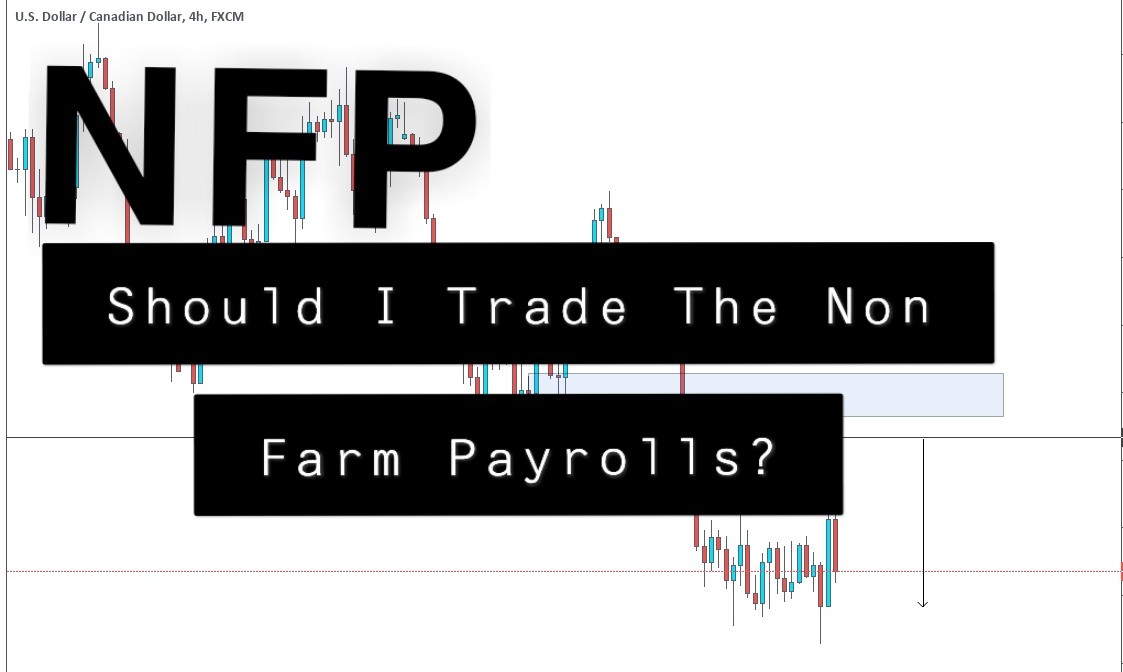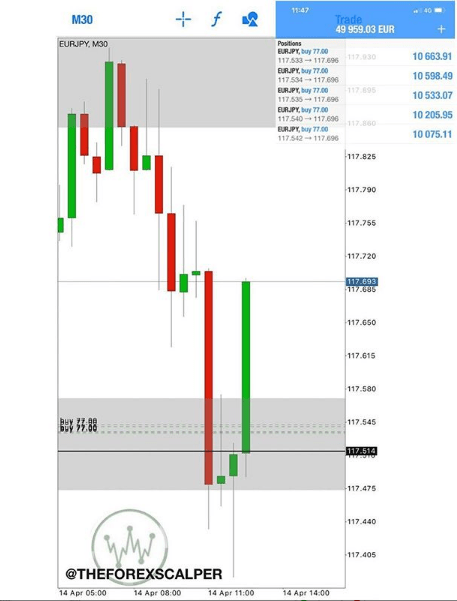Although some traders depend on fundamental analysis and others on their technical skills, others are able to make news events and economic releases in good living by themselves. There might be no more critical number for the news trader than the Non-Farm Payrolls report that comes out on the first Friday of each month. It is this number that paints the clearest image of the current state of the US economy, and while unemployment can sometimes be a lagging NFP indicator, it is also a key factor when central banks decide on their monetary policy.
Non-Farm Payrolls are usually published at 8:30 am EST on the first Friday of each month. It contains the U.S. Department of Labor employment information as part of an overall report on the state of the labor market. The monthly figure shows the change in the Non-Farm Payrolls (NFP) compared to last month, and is usually between +10,000 and +250,000 in non-recessional times. The NFP number is meant to reflect the number of jobs that have been added or lost in the economy in the last month, excluding employment related to the agricultural sector.
The Non-Farm Payrolls report causes one of the ever-growing moves of any news announcement on the forex market. As a result, the NFP number is anticipated by many analysts, traders, funds, investors and speculators, and by the directional movement that it will cause. With so many different parties watching and analyzing this report, it can cause significant rate fluctuations even when the number comes in line with expectations. Most Forex traders have the challenge of trading this move without being knocked out by the irrational volatility it can create. This is because it can be very dangerous to speculate about the direction of a given currency pair upon release.
Trading news releases can be very profitable but not for the heart’s weakness. This is because it can be very dangerous to speculate about the direction of a given currency pair upon release. Fortunately, the wild rate swings can be waited for to subside. Then, after the speculators have been wiped out or have taken gains or losses, traders may try to capitalize on the actual market move. Instead of the irrational movement that pervades the first few minutes after an announcement, the purpose of this is to attempt to catch rational movement after announcement.
======================
Results – Instagram
======================








 Questions?
Questions?
